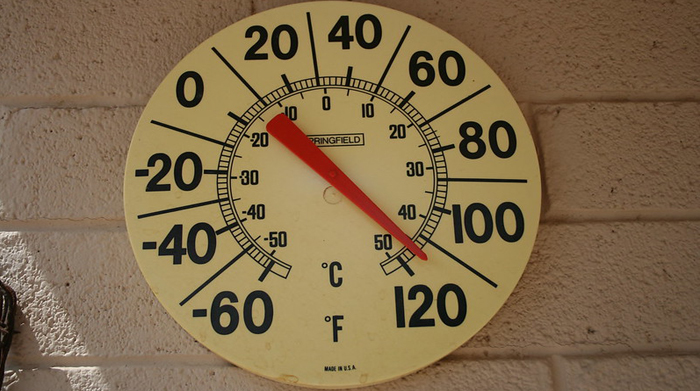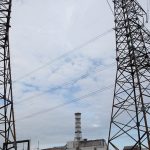Proposed OSHA Guidelines Aim to Reduce Heat Illness and Injury

Image courtesy of Alan Levine under CC0 1.0 Universal Public Domain Dedication, resized to 700×391 pixels.
Heat illness and injury can happen to anyone, and thanks to climate change the odds of this occurring are on the rise. Utility employees are particularly prone to heat-related illness, as restoration crews are often required to work long hours in the burning heat to resolve outages. For this and a plethora of other reasons, OSHA recently released proposed guidelines to help employees and employers mitigate this concern.
How OSHA is Addressing Heat Illness and Injury
There is little debate that high temperatures can reduce response times, result in clouded thinking, and increase the propensity to cut corners on safety protocols. And these issues are before any consideration of dehydration, heat exhaustion, heat stroke, and similar serious ailments. Extreme heat can also amplify existing health problems.
For these reasons, it is important to take the threat of heat risks extremely seriously. And this is exactly what OSHA is doing. Late last year, OSHA released a document called “Advanced Notice of Proposed Rulemaking for Heat Injury and Illness Prevention in Outdoor and Indoor Work Settings.” The document attempts to create specific standards and employer obligations to reduce the risk of heat illness. Additionally, OSHA has been implementing other protocols and procedures around reducing heat illness.
Although it might be surprising that guidelines such as these have not been previously issued, the notion of heat-related safety standards is difficult to launch because heat impacts everybody differently due to age, weight, health, etc. In other words, if one worker is impacted by a standard and another worker is not, should both workers be held to this same standard? Plus, meeting increased standards in this area would likely increase company costs. With this information in mind, it’s easy to see why there has been pushback in the past that has prevented such standards from being implemented.
Nonetheless, there has to be a middle ground. Heat illness and injury amongst utility workers, and similar workers, is a huge issue, and therefore I sincerely hope that new protocols and enhanced enforcement methods will be rolled out sooner rather than later.



